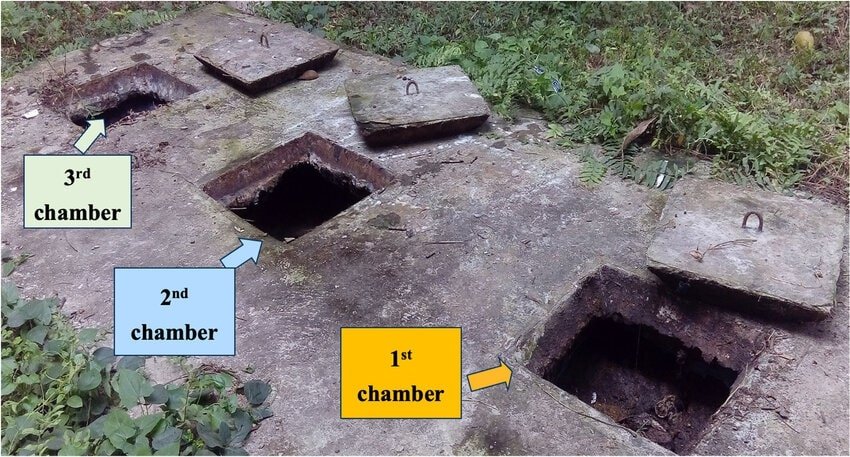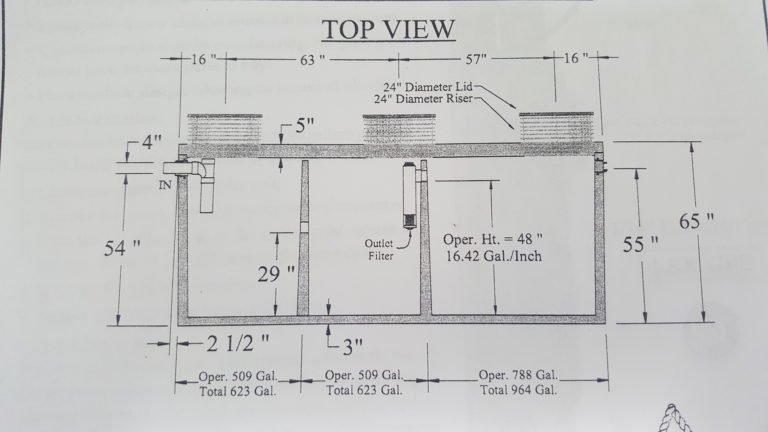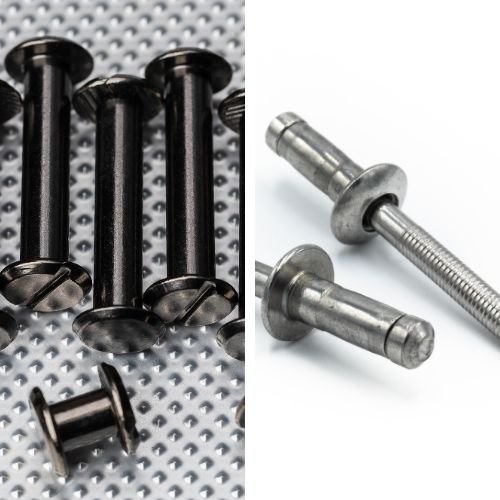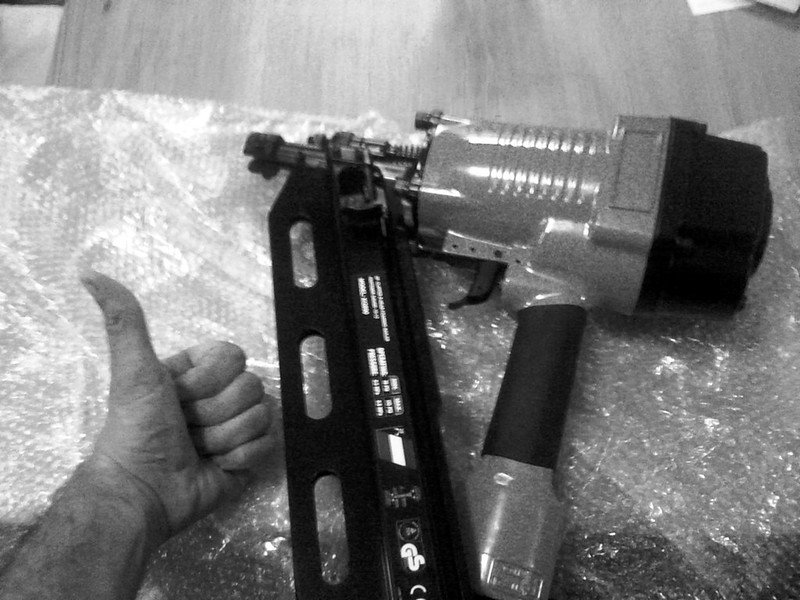Septic tanks are a cornerstone of waste management for homes and businesses that aren’t connected to centralized sewer systems.
Among the many types of septic systems, the 3-chamber septic tank stands out as a highly efficient and advanced design. If you’re planning to install one, or you’re just curious about how it works, this guide will walk you through everything you need to know in simple terms.
What Is a 3-Chamber Septic Tank?

Think of a 3-chamber septic tank as a small, personal water treatment facility for your property. Unlike a single-chamber or two-chamber tank, this system separates waste into three stages, allowing for more effective treatment and better environmental outcomes. Each chamber has a specific purpose, and together they form a highly functional, step-by-step waste management system.
The main goal of a 3-chamber septic tank is to treat wastewater in stages, ensuring that solid waste, fats, and oils are effectively separated and that the water leaving the system is as clean as possible. This design reduces environmental risks and promotes healthier soil absorption when the treated water is released.
In practical terms, this means fewer clogs, less odor, and less frequent maintenance—which we’ll discuss more later.
How Does it Work?
Here’s a straightforward explanation of how the three chambers function:
1. The First Chamber: Separation of Solids
The wastewater from your home—whether it’s from the toilet, kitchen sink, or shower—flows into the first chamber. This is where the heavy lifting begins.
- Solid waste (known as sludge) settles at the bottom.
- Oils, fats, and grease float to the top.
- The middle layer, mostly water, passes into the second chamber.
This process is called primary treatment. It’s crucial because it prevents solids from clogging the system down the line.
2. The Second Chamber: Breaking Down the Waste
In the second chamber, the partially treated wastewater undergoes further treatment. This chamber usually houses anaerobic bacteria that break down organic matter more effectively.
- The bacteria decompose the sludge further, turning it into smaller particles.
- Any remaining lighter solids are trapped here, preventing them from moving forward.
This step significantly reduces the biological load of the water.
3. The Third Chamber: Final Polishing
By the time the wastewater reaches the third chamber, it’s much cleaner. This is where the water undergoes what’s called tertiary treatment:
- Any remaining impurities are filtered out.
- The water is prepared for safe release into a leach field or drainage system.
Some advanced systems even include UV filters or other technologies in this final stage to further purify the water.
Benefits of a 3-Chamber Septic Tank
So why should you consider a 3-chamber system over traditional models? Here are some key advantages:
Higher Efficiency: Each chamber specializes in a specific part of the treatment process, making the system much more efficient overall.
Better Environmental Protection: The step-by-step filtration ensures that harmful contaminants don’t enter the surrounding soil or groundwater.
Reduced Maintenance: Because solids are effectively separated and broken down, the system doesn’t need to be emptied as often. This translates to fewer expenses for pumping services.
Longer Lifespan: Proper treatment means less wear and tear on the system, extending its operational life.
Adaptability to High Loads: These tanks are better suited for larger households or properties with higher wastewater production.
Key Design Features

When it comes to design, a 3-chamber septic tank isn’t just a bigger version of a regular tank. It’s specifically engineered for efficiency and durability. Here are a few notable design elements:
- Multiple Compartments: Each chamber is separated by baffles or walls, ensuring that waste flows through the system in stages.
- Ventilation: Proper aeration is included in the design to aid the decomposition process and reduce odors.
- Access Ports: Each chamber typically has a separate access point for easy inspection and maintenance.
- Durable Materials: These tanks are often made from concrete, fiberglass, or heavy-duty plastic to withstand years of use.
- Leach Field Integration: The tank is designed to seamlessly connect to a drainage system that disperses the treated water into the ground.
Practical Considerations Before Installation
Before committing to a 3-chamber septic tank, it’s important to keep a few practical considerations in mind.
Start by checking local regulations, as different areas have specific codes for septic systems. Ensuring that the 3-chamber design is approved in your region is crucial before proceeding. Next, conduct a soil test on your property to determine the type of soil present. The efficiency of the leach field largely depends on the soil; sandy soil is ideal, while clay-heavy soil may require additional engineering to function properly.
Another vital step is choosing the right size for your tank. The size should align with your household’s wastewater output, and consulting a professional installer can help you calculate this accurately. Lastly, the installation itself is critical. Ensure you find a qualified and certified installer with experience in 3-chamber designs. Proper installation will guarantee that the system operates as intended and provides long-term benefits.
Maintenance Tips for Longevity
Owning a 3-chamber septic tank doesn’t mean you can ignore it. Regular maintenance is still crucial. Here’s what you should do:
- Pump the Tank: While these tanks don’t require pumping as frequently as single-chamber systems, it’s still a good idea to schedule pumping every 3-5 years, depending on usage.
- Inspect Regularly: Check the access ports annually to make sure everything is working properly.
- Be Mindful of What You Flush: Avoid flushing non-biodegradable items, grease, or harsh chemicals, as these can disrupt the bacterial balance.
- Maintain the Leach Field: Don’t park heavy vehicles or plant deep-rooted trees near the leach field, as this can damage the system.
Final Thoughts
A 3-chamber septic tank is an investment in efficiency, environmental responsibility, and peace of mind. It’s more than just a container for waste; it’s a carefully designed system that keeps your property clean and safe. While it may require a higher upfront cost compared to simpler systems, the long-term benefits often outweigh the initial expense.
If you’re considering installing a septic system, the 3-chamber model is a practical and future-proof choice. With proper installation and maintenance, it’s a solution that’ll serve you well for decades to come.



